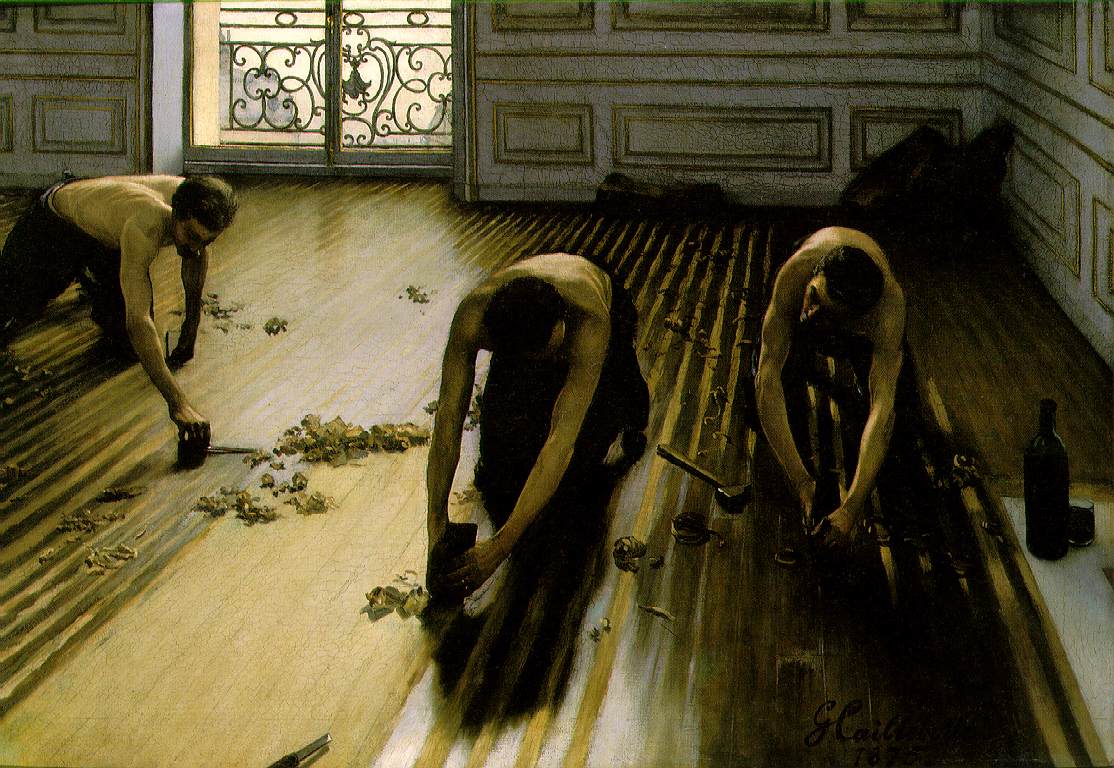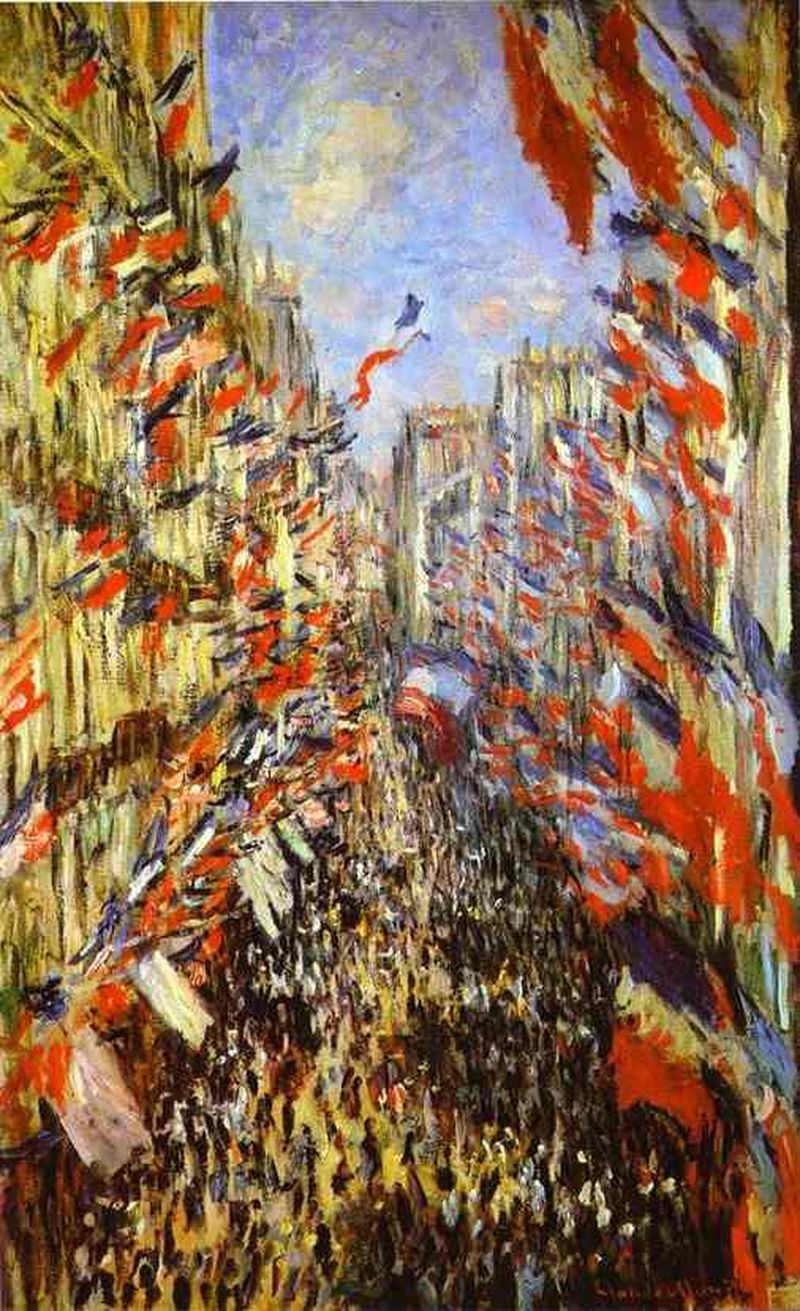Modernity in Caillebotte's work
Caillebotte is a prime example of modernity in French culture. He was slightly impressionistic, he painted mostly male figures, and many of his paintings give off the feeling of isolation and loneliness. Looking back at his paintings in our day and age, you wouldn't think that this artist's work would be considered controversial. All in all, his paintings are stunning and are a testimony to France in the late 1800's; and reflect a certain style to them that is so detailed and colorful you can see all sorts of shades in a wall painted cream.
First off, Caillebotte was slightly impressionistic, meaning he painted with rough brushstrokes and sometimes painted outside, and enjoyed depicting spur of the moment paintings. However his work was usually considered to be too realistic and didn't quite conform to the main objective of impressionistic painters. In my opinion, it seems as if he was inspired by the great impressionistic painters of his day, and then created his own style loosely based on that concept.
Secondly, Caillebotte painted mostly male models, which to paint male subjects in a common environment. this just wasn't done, and viewers of his art were outraged at a few of his works because of this. especially the painting of the floorscrapers, since this painting depicted poor men working on the floor of a rich person's house. It was almost as bad as painting a prostitute looking at the viewer, and yet again, he offended many people. Not only did he depict mostly clothed men, but his nudes were usually all male as well. The way he painted them gave a voyeuristic appeal, almost as if you had opened the bathroom door, saw what he painted, and as you shut the door as quickly as possible you apologize. It was crude and embarrassing of a sight to see, and he was the first one to do it. His art was even still accepted into shows and such, but it was put in side rooms so that no one could find his work to view it. Almost as if everyone was too self conscious of themselves to even be able to look at such a painting as the man at his bath without feeling the need to cover it up or hide it.
Thirdly, Caillebotte painted a great deal of paintings that had the underlying theme of isolation from the modern world, or loneliness. These images are usually depicted darker and dont always give the viewer a good look at the face of the subject being subjugated to the isolation. In order to deal with all the sudden deaths in his family, it almost seemed as if his consciousness was telling him that he needed to isolate himself from the world in order to be happy. almost as if he believed that if he ventured into the real world outside of his paintings and made friends, they would also be taken away from him in such a fashion. Honestly I truly believe this is also the cause of his early death and need to depict himself through the male models he painted. His paintings all seem as if he needed to include someone else into his world, in order to be happy with the life that he chose to live after all the death he had to endure.






